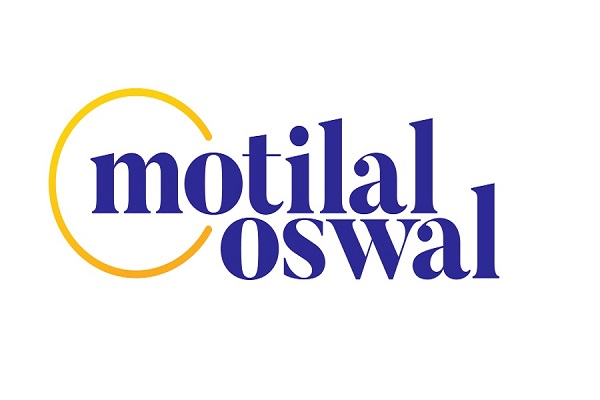Understanding Insurance & Risk Management: Life, Health, and Property Insurance Insights

Insurance plays a crucial role in financial planning, providing protection against unforeseen risks. Whether it’s securing your family’s future with life insurance, managing medical expenses with health insurance, or safeguarding valuable assets with property insurance, having the right coverage can provide peace of mind and financial stability. This article explores key insights into life, health, and property insurance and how effective risk management can enhance financial security.
Life Insurance: Securing Your Loved Ones’ Future
Life insurance ensures financial protection for your dependents in case of an untimely demise. There are different types of life insurance policies:
1. Term Life Insurance
Provides coverage for a fixed period.
Lower premiums compared to other life insurance plans.
Pays out a lump sum to beneficiaries in case of policyholder’s death.
2. Whole Life Insurance
Offers lifelong coverage.
Includes a savings component that grows over time.
Higher premiums but ensures long-term financial security.
3. Unit-Linked Insurance Plans (ULIPs)
Combines insurance and investment.
Policyholders can invest in equity or debt funds.
Offers market-linked returns with life cover.
Key Considerations:
Choose a coverage amount based on financial obligations and future needs.
Compare premium costs and benefits across different insurers.
Look for additional riders like accidental death or critical illness coverage.
Health Insurance: Managing Medical Expenses Effectively
Health insurance covers hospitalization, treatment, and medical expenses, reducing the financial burden during health emergencies.
1. Individual & Family Health Plans
Individual plans cover a single person, while family plans extend coverage to multiple members.
Coverage includes hospitalization, doctor visits, and prescribed medications.
2. Critical Illness Insurance
Provides a lump sum amount upon diagnosis of severe conditions like cancer, heart disease, or kidney failure.
Helps cover high medical costs and loss of income during treatment.
3. Employer-Sponsored Health Insurance
Offered by employers to their employees.
Can be supplemented with personal health insurance for additional coverage.
Key Considerations:
Check the waiting period for pre-existing diseases.
Understand coverage limits, exclusions, and claim procedures.
Opt for a higher sum insured in case of rising medical costs.
Property Insurance: Protecting Your Assets
Property insurance protects homes, buildings, and valuable assets from damages due to theft, fire, natural disasters, and other risks.
1. Home Insurance
Covers damage or loss due to fire, floods, earthquakes, and burglary.
Can include coverage for valuable assets inside the home.
2. Commercial Property Insurance
Protects business properties, factories, and offices.
Covers losses due to business interruptions caused by disasters.
3. Renters Insurance
Provides coverage for tenants’ personal belongings.
Protects against liability if someone is injured in a rented property.
Key Considerations:
Assess the property’s value and choose adequate coverage.
Understand the exclusions and limitations in the policy.
Regularly review and update coverage based on property appreciation.
Risk Management: Enhancing Financial Security
While insurance provides financial protection, effective risk management reduces exposure to uncertainties:
Emergency Fund: Maintain 3-6 months’ expenses in a separate fund.
Regular Policy Review: Update insurance plans based on life events like marriage, childbirth, or job changes.
Diversified Investment: Spread investments across different asset classes to minimize risk.
Conclusion
Insurance and risk management are essential aspects of financial planning. Choosing the right life, health, and property insurance policies ensures financial security, minimizes unforeseen risks, and provides long-term stability. Stay informed, compare policies, and consult financial advisors to make well-informed decisions that align with your needs.
























